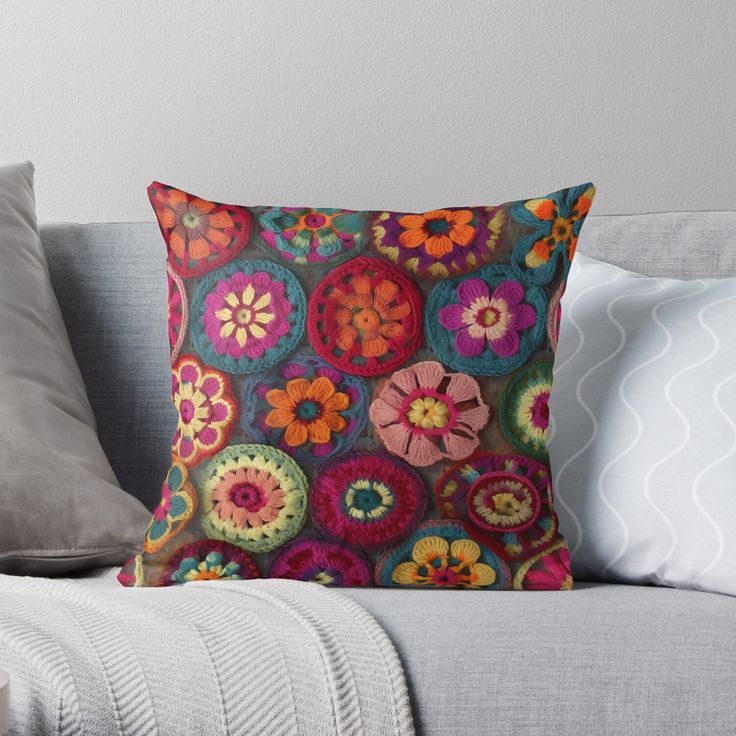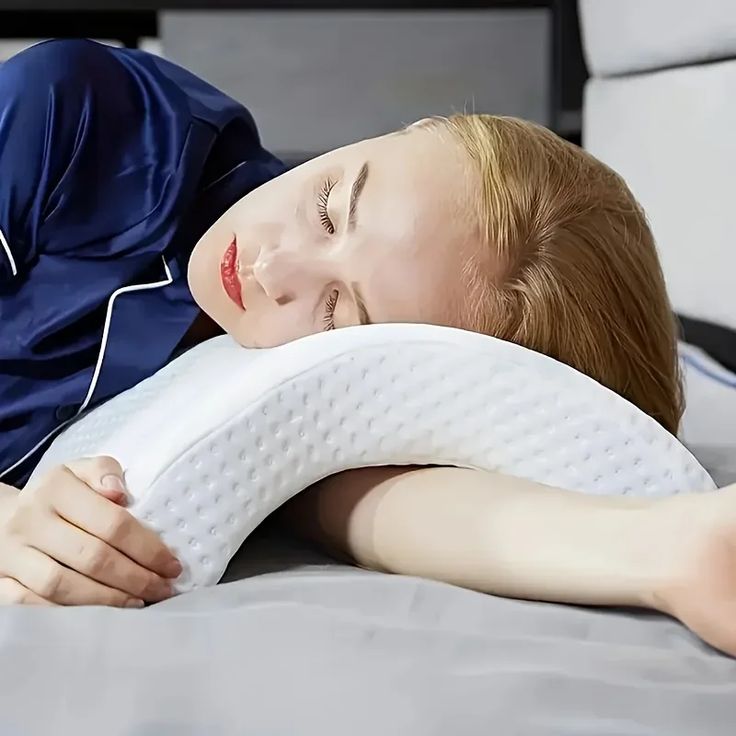As parents, nothing is more important than ensuring our little ones are comfortable, safe, and healthy. An essential item that has gained popularity in recent times is the baby head pillow. Designed to provide support and comfort, these pillows aim to prevent flat head syndrome and promote healthy sleep posture. However, using a baby head pillow requires awareness and understanding to avoid potential risks. In this guide, we’ll explore crucial use tips every parent should know to ensure the safe and effective use of baby head pillow.

Understanding the Purpose of Baby Head Pillows
Before diving into safety tips, it’s vital to understand what baby head pillows are and their intended purpose. A baby head pillow features a unique design that includes a recessed center where the baby’s head rests, providing adequate support for their fragile skull while fostering proper spinal alignment. This design helps to distribute pressure evenly, which can significantly reduce the risk of developing flat head syndrome, or positional plagiocephaly, which often occurs when infants spend too much time lying on their backs.
Baby head pillows come in a variety of shapes, materials, and firmness levels catering to different needs and preferences. From memory foam options that contour to a baby’s head to breathable cotton varieties that ensure comfort during warmer months, parents have an array of choices available. However, as practical as these pillows may seem, they serve primarily as a supplementary solution. Parents should encourage a balanced approach, combining pillow use with appropriate tummy time and a varied sleeping position to promote optimal physical and cognitive development.
Choose the Right Baby Head Pillow for Your Infant
Safety starts with selecting the appropriate baby head pillow for your infant. Several factors influence the choice of a pillow, including age, size, and developmental needs. Infants, particularly newborns, require soft, breathable materials that help regulate their body temperature while providing adequate support. Look for pillows made with hypoallergenic materials to minimize the risk of allergic reactions and ensure a safe sleeping environment.
Another critical consideration is firmness. A baby head pillow should be soft enough to be comfortable but firm enough to provide adequate support. Pillows that are too soft can lead to suffocation risks or misalignment of the baby’s neck and spine. On the other hand, there are also pillows designed with just the right amount of give to cradle an infant’s head without sinking too low. Make sure to check for safety certifications, durability, and ease of cleaning when deciding which item is best suited for your baby’s needs.

Always Follow Safe Sleep Guidelines
Using a baby head pillow should never compromise your baby’s safety during sleep. The American Academy of Pediatrics (AAP) and other health organizations recommend that babies always sleep on their backs, on a firm, flat mattress free from soft bedding, bumpers, or other soft objects. While a baby head pillow can provide additional support, it should not be used as a substitute for safe sleep practices.
Additionally, limit the time your baby spends sleeping with the head pillow. Most experts suggest using pillows only when the baby is awake and under constant supervision. It’s also crucial to transition your baby from the pillow once they reach a certain age or developmental stage, as they may start to roll over or shift positions independently. Always assess whether the pillow remains appropriate as your baby grows. Be vigilant of any signs that the pillow may not suit your baby’s needs — any sudden changes in sleep patterns or physical comfort may signal that it’s time to explore alternative solutions.
Monitor Your Baby’s Head Position While Sleeping
Parents should regularly check their baby’s head position while using a baby head pillow. An ideal sleeping posture ensures that the baby’s head remains centered within the pillow’s recess. Observe if your baby shifts their head position during sleep; if so, there is a chance that the pillow may not be providing the intended support. If you notice that your baby’s head often rolls in one direction, this may indicate that they aren’t receiving enough support or could be at risk of developing positional plagiocephaly.
To maximize the benefits of the baby head pillow, consider adjusting how your baby sleeps by alternating the direction their head faces during sleep. Changing the position of your baby helps to encourage varied pressure distribution across their skull, preventing flat spots from forming. This adjustment also gives the baby a new perspective on their surroundings, which is crucial for cognitive development during these formative months. As simple as it sounds, rotating your baby’s head position may provide significant long-term benefits, especially if you regularly observe imbalances.
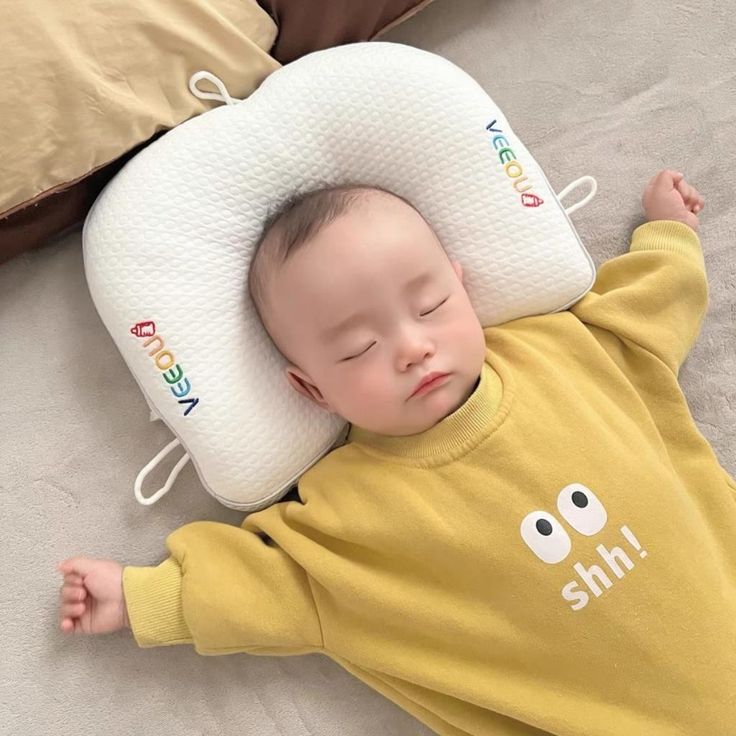
Incorporating Tummy Time: An Essential Complement to Pillow Use
While many parents find baby head pillows helpful, incorporating tummy time is equally critical for your baby’s overall development. Tummy time not only strengthens the muscles in your baby’s neck and shoulders but also enhances upper body strength. These muscles are essential for developing proper motor skills and coordination. Engaging in tummy time encourages babies to push up and eventually roll over, crawl, and sit up independently. Furthermore, integrating tummy time into your baby’s routine significantly reduces the risk of positional plagiocephaly, also known as flat head syndrome. This practice fosters healthy spinal development, ensuring your child has a strong foundation for future physical activities.
When utilizing the baby head pillow, be proactive about alternating pillow use with supervised tummy time sessions. Experts often recommend starting with short intervals of about 3 to 5 minutes, two to three times a day. As your baby grows more accustomed to this position, gradually increase the duration of tummy time. This not only facilitates muscle development but also helps your baby become more comfortable with varied positions. This gradual approach allows your little one to strengthen key muscle groups without overwhelming them.
Creating an engaging environment during tummy time is vital for maximizing its benefits. You can place toys slightly out of reach to encourage your baby to stretch and move, promoting exploration. Additionally, spending time on the floor with your baby nurtures a deeper bond between parent and child. This shared experience not only fosters emotional closeness but also stimulates your baby’s curiosity. Ensuring a mix of tummy time and pillow use enables healthy muscle development while enriching your baby’s daily experience.
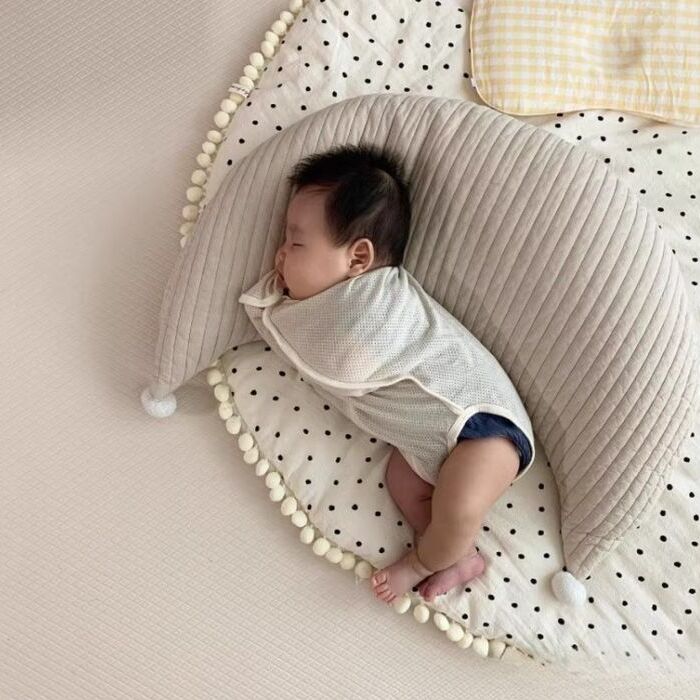
Regularly Inspect and Maintain the Pillow
Maintenance is crucial in ensuring that your baby head pillow remains both safe and effective for use. Regular inspection allows you to check for wear and tear that could pose risks. Look for potential hazards such as loose threads, fraying fabric, or diminished support. These issues can compromise the pillow’s performance. Before placing the pillow in your baby’s sleep area, closely examine it for any signs of damage. This simple step can keep your child safe during sleep.
Cleaning the pillow also plays an essential role in maintenance. Always follow the manufacturer’s guidelines for washing. This will help maintain hygiene and ensure the pillow remains supportive. Most baby head pillows come with removable covers, which makes washing them easy. Use gentle detergents and adhere strictly to the washing instructions. Be cautious, as over-cleaning or subjecting the pillow to harsh laundry conditions can weaken its structure. This may sacrifice the necessary support for proper head and neck alignment.
To maintain optimal performance, consider replacing the baby head pillow based on your child’s developmental milestones. As your baby grows, their sleep needs change. A pillow that once provided adequate support may no longer suffice. Keep an eye on the manufacturer’s age recommendations, ensuring your little one receives the most effective support throughout their growth. Regular checks and thoughtful maintenance go a long way in ensuring your baby’s comfort and safety.
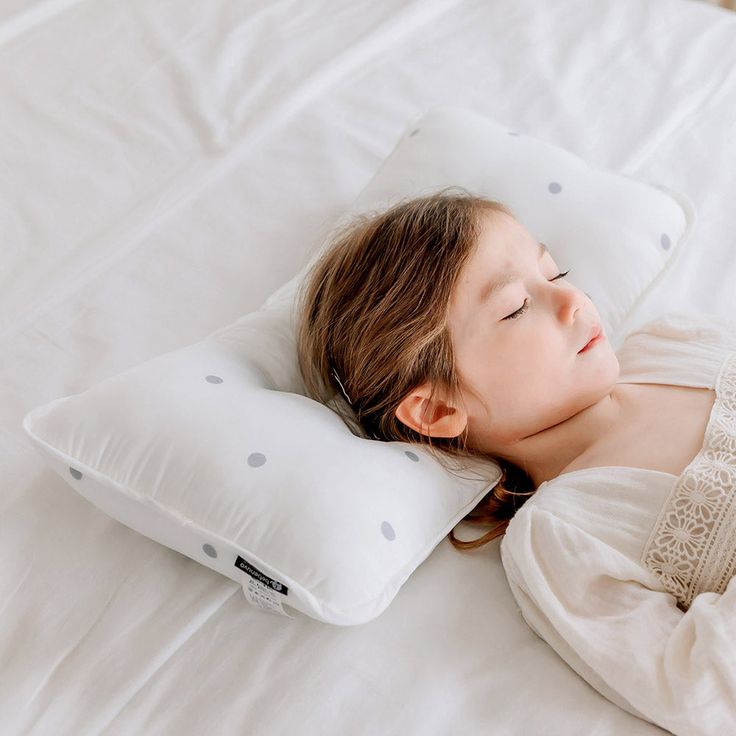
Seek Professional Guidance on Baby Health and Safety
For new parents, navigating the challenges of ensuring baby health and safety can feel overwhelming. Don’t hesitate to reach out to pediatricians or child health specialists for professional guidance regarding your baby’s sleep and positioning needs. They can provide personalized recommendations on the appropriate use of a baby head pillow, tummy time, and other best practices surrounding infant care.
Fully understanding your baby’s unique needs may also lead to various solutions that help in achieving the most beneficial outcomes. As every child is different, some may require additional attention regarding head and neck support or different methods for preventing flat head syndrome. Building a relationship with health professionals ensures ongoing support and accurate information pertaining to your baby’s well-being, allowing parents to implement the best practices gradually as their child grows.
In conclusion, baby head pillows offer many advantages but come with important responsibilities for every parent. Understanding their purpose, selecting the right pillow, following safe sleep guidelines, and incorporating tummy time delicately balances optimal head support while ensuring a safe and healthy sleep environment. By adopting safe practices and monitoring your baby’s head position, parents can promote their baby’s growth and comfort. Prioritizing professional advice makes the journey of parenthood more enjoyable and worry-free.
